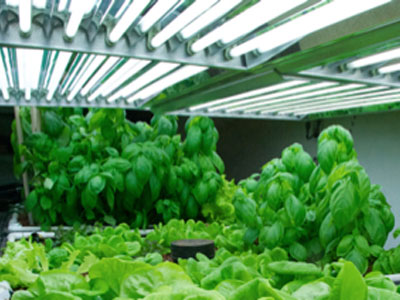The Growing Grow Light Market
Plants are not the only things growing these days. The market for special horticulture lights, called “grow lights,” is expected to grow to $4.19 Billion by 2022! These light sources are designed to emit a glow that stimulates optimal photosynthesis processes, which is achieved by mimicking the light of the sun and copying outdoor weather by changing temperature, color, and spectral output. They are perfect for greenhouses, areas that do not get much sun, or for gardeners who do not want to stop planting just because it is winter.
As a result, demand for these products is increasing in countries like the Netherlands or Scandinavia where lots of supplemental lighting are needed throughout the year. Other European areas are also adopting this equipment at high rates. Through 2022, Europe is expected to make up the majority of the market.
Of this future multi-billion-dollar industry, grow lights relying on LED technology are expected to hold the largest market share. Many R&D departments aim to release more LEDs that can give off the entire photosynthetically active radiation (PAR) range and feature horticultural uses in the near future. These LEDs will allow for a great deal of adjustment to ensure buyers can use them on a large range of plants from different environments, such as cacti or cucumber plants. These special grow lights will also be more energy-efficient and feature a greater operational lifespan, lasting from three to five years.
For any dedicated horticulturalists out there, consider the CL-500A Illuminance Spectrophotometer or the CL-70F CRI Illuminance Meter from Konica Minolta Sensing for your light measuring needs. Both can also evaluate a light’s illuminance, color temperature and color rendering index (CRI), and the CL-500A also features a helpful continuous measurement mode. The LED grow lights also put out a large amount of red and blue energy, which these meters can easily read. These devices can provide the information needed to calculate the PPFD of a certain plant to ensure that the plants are receiving enough light and that as little light as possible is wasted. Thanks to these devices, any plant grower concerned about the amount or quality of light their flora is receiving can check their light source anytime they want.











